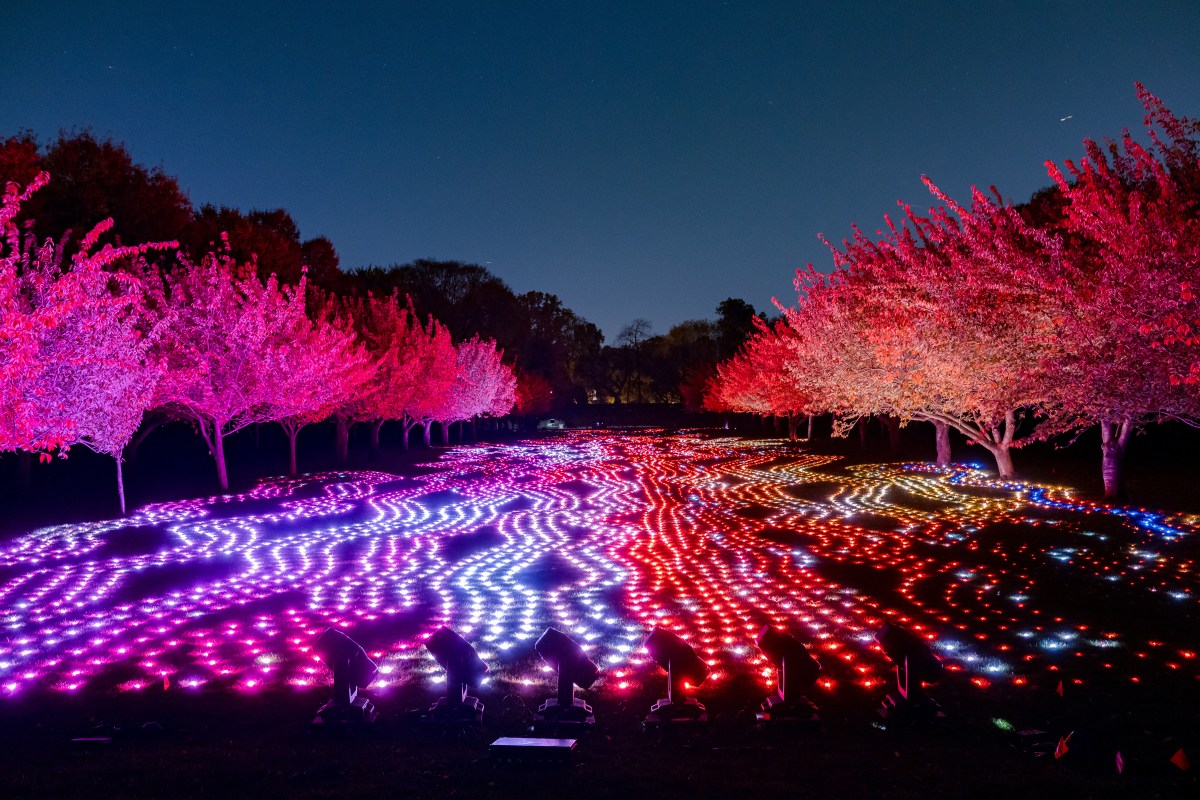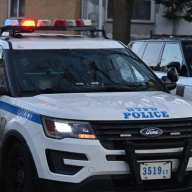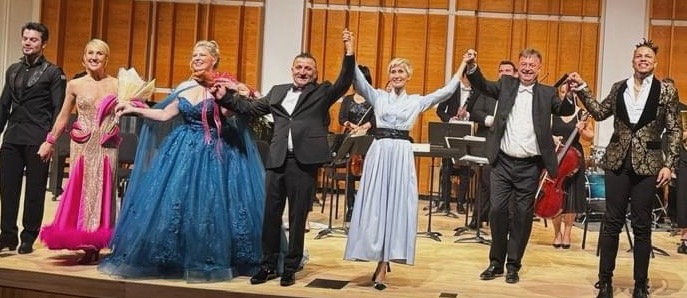The colors that make Manhattan one of the most vibrant cities on earth, from the bright pink of a Grand Street Chinese restaurant sign to the gray of a Fifth Avenue doorman’s suit, make up a new installation called “Manhattan Color Walk” on the Upper East Side.
Each strip in the installation, which now colors the terrace and garden at the Cooper Hewitt, Smithsonian Design Museum, represents an object found along the way, including soft lavender from a bodega’s flower selection on West 72nd Street, brick red from a Harlem mural on West 126th Street, sunny yellow from overripe melons on 172nd Street, the electric blue from a wig at a shop on 30th Street and more.
When you visit, you will receive a folded color guide that details the source with a photo, the street and description of each color found in the walkway.
Staffers of Color Factory, an art pop-up in San Francisco, walked 265 blocks in New York City from West 220th Street down to Battery Park, to collect a hue from each block for the striped walkway.
“We walked and biked over 50 miles and took over a thousand photos over the course of several weeks. It was challenging but exhilarating to explore hidden corners of the borough and gather color from 265 New York City streets,” said Erin Jang, a Color Factory designer and the project’s creative lead. “We hope people will come experience each color in our installation and then go out with fresh eyes to explore the city and find beauty all around.”
The rainbow of colors on this walkway in a way brings together all the neighborhoods of Manhattan together and is meant to pay homage to each neighborhood, according to Color Factory.
The installation is meant to complement the museum’s exhibition called “Saturated: The Allure and Science of Color,” which explores color perception and how artists, designers, scientists and others have been captivated by it.
You can see the map-like installation, which lasts through June, in the museum’s garden and terrace at 2 E. 91st St., which is also where its summer performance series takes place on Thursday nights from 6 to 9 p.m. Otherwise, it’s free to view.

































